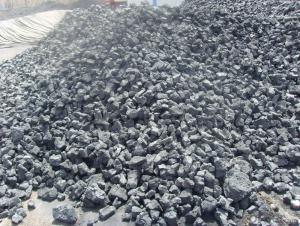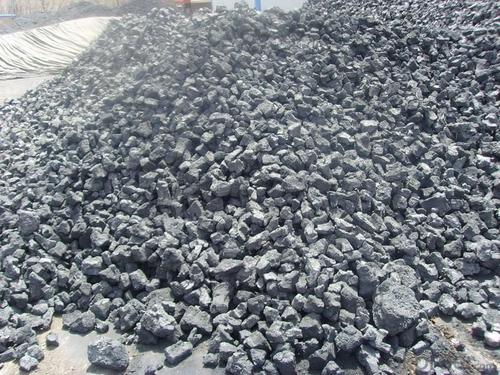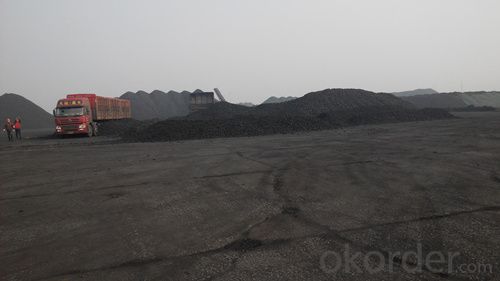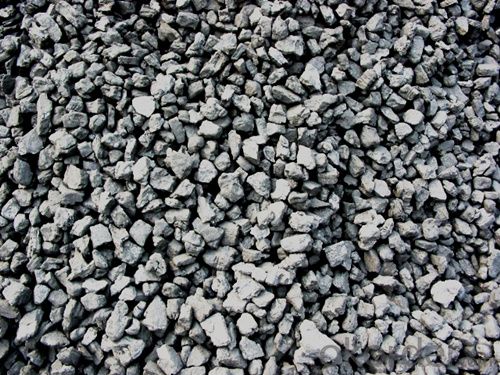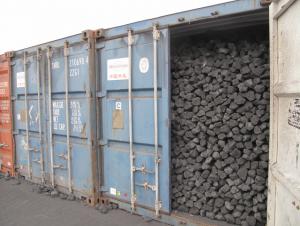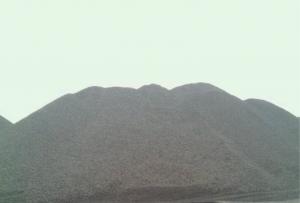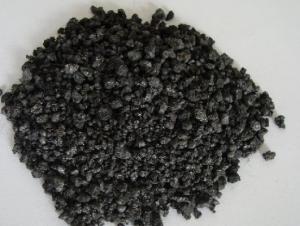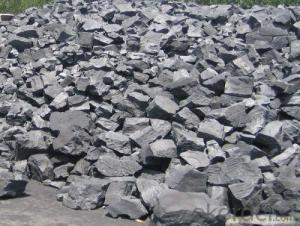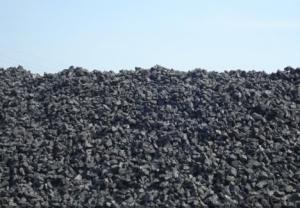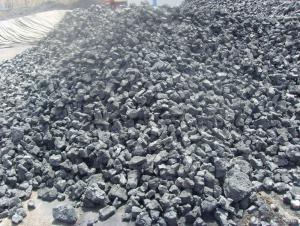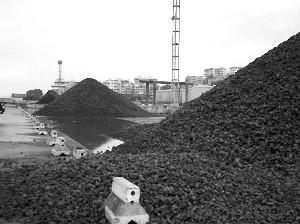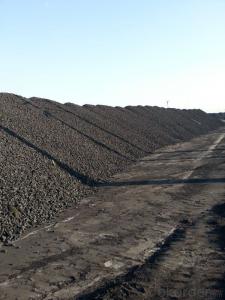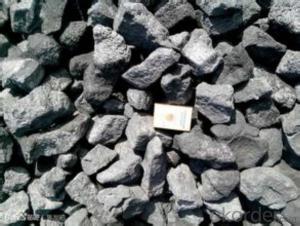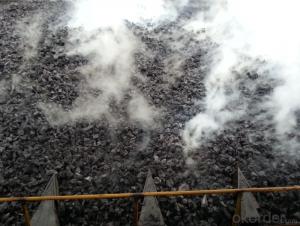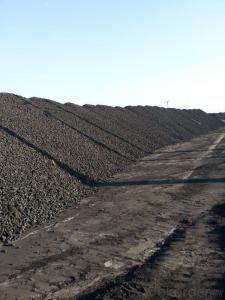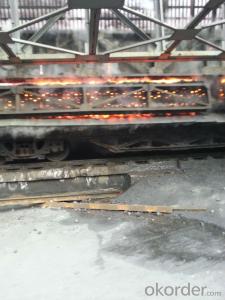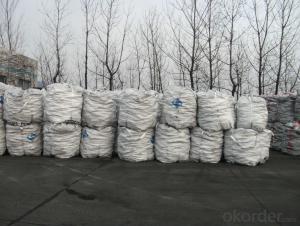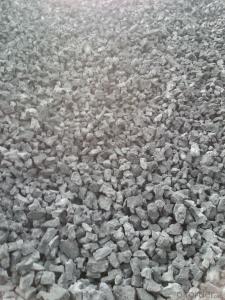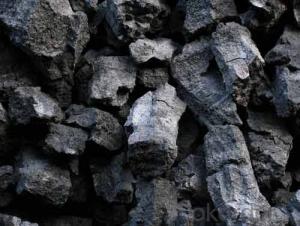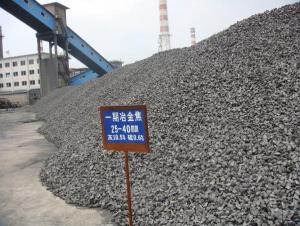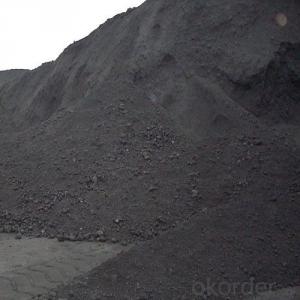Ash 12.5% low sulphur Met coke
- Loading Port:
- Lianyungang
- Payment Terms:
- TT OR LC
- Min Order Qty:
- 1000 m.t.
- Supply Capability:
- 100000 m.t./month
OKorder Service Pledge
OKorder Financial Service
You Might Also Like
Specification
Quick Details
| Place of Origin: | Shaanxi, China (Mainland) | Type: | Metallurgical Coke | Sulphur Content (%): | 0.65 |
| Ash Content (%): | 12.5 | Fixed Carbon (%): | 86 | Moisture (%): | 5 |
| Phosphorus Content (%): | 0.035 | Volatile Matter (%): | 1.5 | Brand Name: | CMAX |
| met coke: | Color: Black |
Packaging & Delivery
| Packaging Details: | 1MT jumbo bag or bulk package or as buyer's request |
| Delivery Detail: | wthin a month after receive the correct L/C, |
General specification of met coke is as below,
Parameters | Guarantee |
Moisture (ARB) | 5% max |
Ash (DB) | 12.5% max |
Volatile Matter (DB) | 1.5% max |
Sulphur (DB) | 0.65% max |
Phosphorus (DB) | 0.045% max |
Size 30-80 mm | 90% min |
+80 mm | 5% max |
-30mm | 5% max |
About coke materials:
Coke is produced using coking coal under high temperture, it is widly used in Iron making, steel making,ferroalloy production, foundry industrial and some other fields. CNBM is one of the largest coke exporter in China, we can supply different kinds of met coke, foundry coke, gas coke based on buyer's request. Hope we have chance to do business with your kind company.
Coke Pictures:
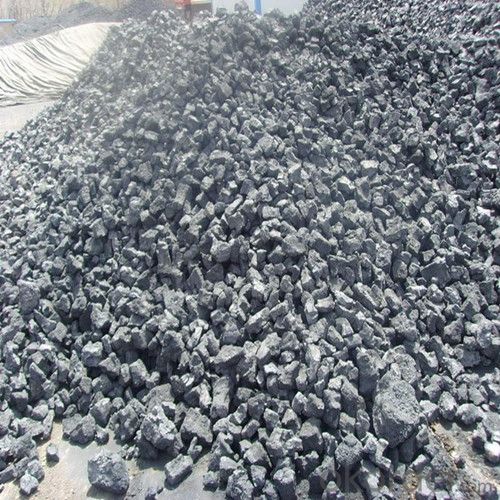
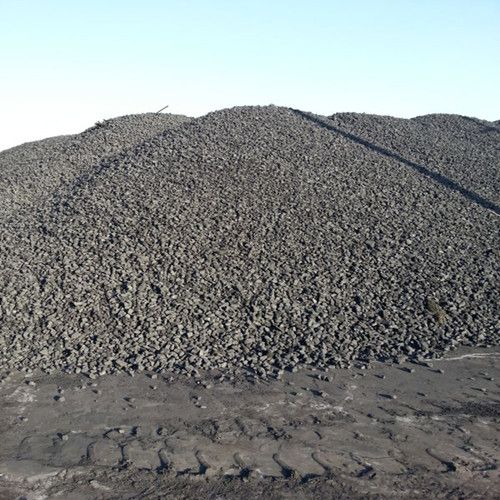
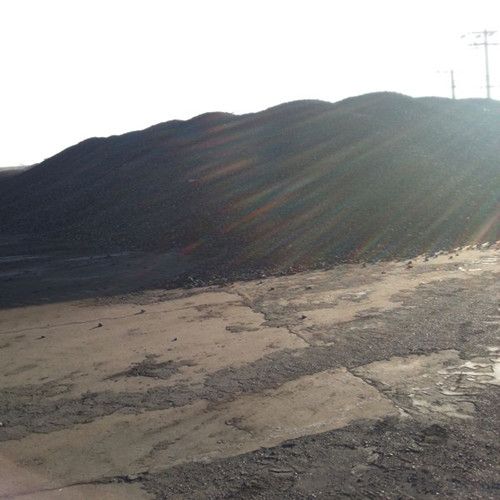
We can supply below furnace charges, please feel free to contact us if you are interested in any of any of them:
Coke (Metallurgical, foundry, gas)
Calcined Anthracite with fixed carbon from 90% to 95%
Calcined Petroleum Coke
Graphite petroleum coke
Amorphous Graphite
- Q: Coke can be used to do what carbon black can be used to do?
- 1 coke is used to restore the iron ore, coal through pressure, isolated air and high temperature dry distillation, and the by-product of coal gas and coal tar is an important chemical products;
- Q: Coke is how to produce, what is its purpose?
- Coke is a color of deep gray to black solid, soft; internal structure of porous, and sometimes can be six square column.
- Q: What does Coke test index M25 mean?
- Coke is the solid product of high temperature carbonization, the main component of which is carbon, which is a kind of crack and irregular pore structure. The number of cracks has a direct impact on the strength and crushing strength of the coke, the index is generally measured in terms of crack degree (the number of cracks in the unit volume coke)
- Q: What are the indicators of first grade coke and the two grade coke?
- Two level 12.01-13.50 0.61-0.80 not less than 76 not greater than 9 not greater than 1.9Three level 13.51-15.00 0.81-1.00 not less than 72 not greater than 10 not greater than 1.9
- Q: Listen to a lot of people say that steel is now coke is not true?
- With the rapid development of the domestic and international iron and steel industry, the demand for coking products is increasing rapidly, the investment is heating up, and the industry is expanding rapidly. But the coking industry of high resource consumption, production and emissions, especially the emissions of harmful substances, causing serious waste of resources and environmental pollution, brings great pressure to the sustainable development of national economy, which also hindered the rapid development of coking industry.
- Q: What's the connection between coking coal and coke
- Coke: the quality is hard and the hole is thick, the short hair will be wiped awayCoking coal is a kind of bituminous coal with medium caking property and strong caking property. The title of bituminous coal with high degree of coalification. Main coking coal.
- Q: What is the use of coke
- Finally made coke, this process is called high temperature coking (high temperature carbonization). Coke obtained from high temperature coking for blast furnace smelting, casting and gasification. Coke oven gas produced in the process of coking and recovery is not only a high calorific value of fuel, but also an important industrial raw material for organic synthesis
- Q: What are the requirements for the quality of coke in blast furnace smelting
- Different uses of different coke porosity index requirements, the general requirements of metallurgical coke porosity in the 40 ~ 45%, 35 ~ 40% in coke, coke export demand in about 30%.Coke crack degree and the porosity level, and the coking coal has a direct relationship, such as coal based coke refining, crack, high porosity, low strength; with coal as the foundation of the coal refining coke crack less, low porosity and high strength. The strength of coke is usually represented by two indices of crushing strength and abrasion resistance. Coke crushing strength refers to coke can resist foreign impact force without ability along cracks or defects at the broken, represented by the M40 value; wear strength of coke coke refers to the ability to resist external friction without surface of glass forming debris or powder, said M10. The cracking degree of coke affects the M40 value of its breaking strength, and the pore structure of coke affects the M10 value. There are many methods for determination of M40 and M10 value method, commonly used in our country the German migon drum test.
- Q: I work in the coking plant, so there are conditions to get coke and is burning, I would like to use coke barbecue line? Just like charcoal Mutton Cubes Roasted on a Skewer, OK? Understand the answer
- Coke is mainly used in blast furnace ironmaking and smelting of non-ferrous metals such as copper, lead, zinc, titanium, antimony, mercury and so on.
- Q: What's the difference between coke and coke?
- In the process of coal carbonization of coal material: when the temperature is higher than 100 degrees in coal water evaporation; the temperature rises to 200 degrees above, combined with the release of water in coal; up to 350 DEG C, caking coal begin to soften, and further the formation of colloid viscous (this phenomenon does not occur, peat lignite; etc.) to 400 ~ 500 degrees most of the gas and tar precipitation, called a thermal decomposition products; at 450 to 550 DEG C, the thermal decomposition continues, gradually thickening and curing the formation of residue char!
Send your message to us
Ash 12.5% low sulphur Met coke
- Loading Port:
- Lianyungang
- Payment Terms:
- TT OR LC
- Min Order Qty:
- 1000 m.t.
- Supply Capability:
- 100000 m.t./month
OKorder Service Pledge
OKorder Financial Service
Similar products
Hot products
Hot Searches
